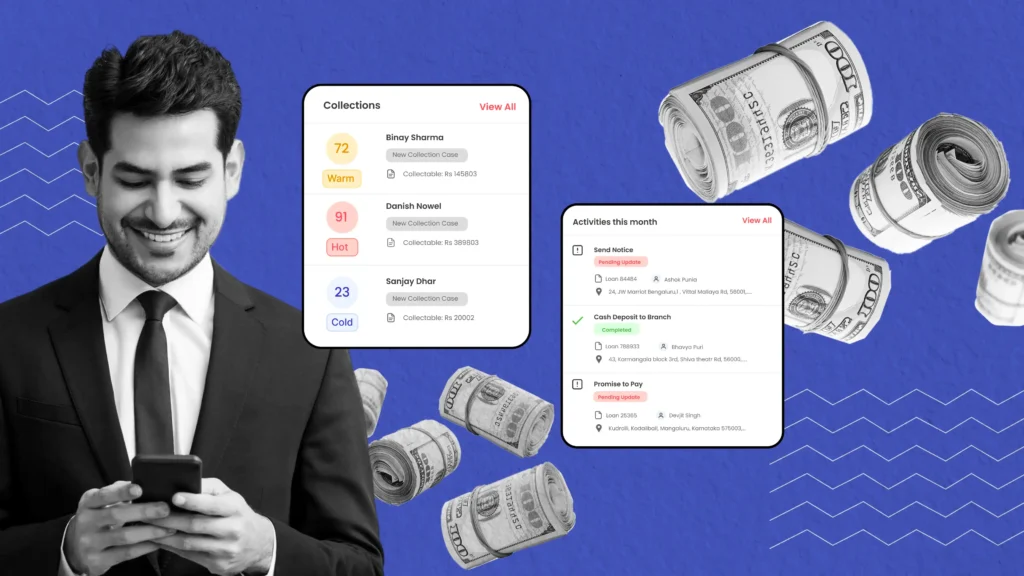In 2025, the crypto world still hasn’t shaken its oldest contradiction: it’s an ecosystem built on decentralization and trustless protocols… filled with platforms asking you to “trust them.” Nowhere is this more visible than in the case of crypto faucets — websites or apps that promise to distribute free tokens in exchange for simple tasks. For new entrants to the space, they look like free money. But historically, more often than not, they’ve been Trojan horses: wallet drainers, data harvesters, or flat-out scams.
Here’s the good news: legitimate faucets do exist. But like in investing, separating signal from noise requires a system. In this piece, we’ll walk through how to evaluate crypto faucets like a quantitative allocator would assess an unfamiliar asset class — by digging into the data, evaluating the incentives, and applying a healthy dose of skepticism. One way to start is by looking for a free bitcoin faucet that’s transparent, well-reviewed, and aligned with your goals.
Let’s get started.
What Is a Crypto Faucet, Really?
Originally coined during Bitcoin’s early years, a “faucet” was a site that gave away a few satoshis to help bootstrap user adoption. Gavin Andresen, a Bitcoin core developer, created one of the first BTC faucets in 2010, handing out 5 BTC per user (worth over $300,000 today). The idea was simple: if people could get their hands on a little crypto, they might start using it.
Fast-forward to 2025, and faucets are everywhere. Most legit projects — especially Layer 2 protocols, testnets, or upstart chains — offer faucet distributions to encourage developer testing, airdrop farming, or onboarding. But scammers have caught on. So how can you tell the difference?
A Quantitative Framework for Faucet Due Diligence
Instead of relying on intuition, let’s build a checklist — much like how you’d evaluate an ETF or new asset class.
- Who’s Paying, and Why?
Legitimate faucets have clear incentives. For example:
- A Layer 2 rollup may distribute tokens via a faucet to bootstrap user activity.
- A dApp protocol might offer faucet tokens to encourage testing of smart contracts or integrations.
- A DAO might distribute faucet tokens as part of a verified airdrop strategy.
You should be able to trace the source of the faucet funding back to a project treasury, grant, or verified sponsor. If you can’t find the “who” or the “why,” stop there.
Rule of thumb: If a site offers tokens but has no GitHub repo, team documentation, or roadmap — it’s a red flag. Would you allocate capital to an ETF without knowing who manages it?
- Reputation, Not Hype
In investing, historical data matters. The same is true for crypto faucets.
Stick with faucets that are:
- Endorsed or linked by official project docs (e.g., Starknet, zkSync, or Base faucets).
- Covered in reputable aggregator sites like Alchemy, WalletConnect, or GitHub-verified lists.
- Discussed in developer forums like Stack Overflow, Reddit, or crypto Discords without consistent reports of wallet drainers or scams.
Avoid faucets promoted via:
- Anonymous YouTube influencers with no skin in the game.
- Twitter/X threads offering “limited time” airdrops with zero verifiable documentation.
- Telegram groups sending direct faucet links.
Remember: legit faucets don’t need urgency. If the faucet is real, it’ll still be there tomorrow.
- Wallet Permissions and Smart Contract Review
Before you connect your wallet to any faucet, ask yourself: What permissions am I granting?
Use tools like revoke.cash or DeBank to review past faucet connections. If a site asks for “infinite token approval” or unrestricted access to your assets, that’s not a faucet — it’s a scam in disguise.
Smart traders should:
- Use burner wallets (i.e., fresh wallets with no assets) to interact with faucets.
- Only connect wallets that contain nothing you aren’t willing to lose.
- Prefer faucets that interact via signed messages, not direct token approvals.
- Domain Metadata and On-Chain Activity
Use a few data-based heuristics:
- Age of domain: Look it up on Whois. Legit faucets tied to real projects tend to be older, with traceable metadata (emails, DNS, etc.).
- GitHub contributors: Is the code open-source? Do real contributors have history on GitHub or verifiable commits?
- On-chain faucet transactions: Use explorers like Etherscan, Solscan, or Arkham to analyze where the tokens are going. A faucet that distributes tokens to thousands of unique wallets with minimal drainbacks is more likely to be legit.
- Economic Value of the Faucet
This is the underrated part. What’s the expected value of the faucet?
Let’s say a faucet gives you 0.01 SOL, worth about $0.80 in 2025. If it takes you 10 minutes to get it — and you’re putting your device and wallet at risk — is that risk-adjusted return worth it?
Better yet, does the faucet give you access to potential airdrops, testnet allocations, or governance rights? Or is it just bait for your attention?
You wouldn’t chase a high-risk investment for fractional alpha. Apply the same thinking here.
Case Study: Starknet Faucet vs Fake “Shibarium Airdrop”
Starknet’s testnet faucet, available via the official docs, requires a GitHub login and sends dev tokens to help test smart contracts. It’s transparent, easy to verify, and open-source.
In contrast, the “Shibarium airdrop faucet” that circulated on Twitter in early 2025 asked for wallet connect and promised “5 SHIB daily.” Once connected, it executed a malicious contract that drained assets using a pre-approved signature exploit.
Same concept — wildly different outcomes. One builds adoption. The other steals assets.
Investor Application: How to Use Faucets Safely (If at All)
If you’re still interested in claiming faucet tokens, here’s a best-practice checklist:
✅ Use a burner wallet: No assets, no approvals. Just your claim.
✅ Confirm on official project docs or GitHub pages. Don’t trust random links.
✅ Read the contract (or ask dev friends to review it) before signing anything.
✅ Use tools like Chainabuse or ScamSniffer to report sketchy faucets.
✅ Never send tokens to a faucet. Real faucets never ask for deposits.
The long-term investor mindset applies here too: risk is what you don’t see. Faucets may seem harmless, but bad ones can compromise your device, wallet, and privacy.
Conclusion: Trust, But Quantify
Crypto faucets aren’t inherently bad — they’re just misunderstood. Like early dividend reinvestment plans or ETF fee rebates, they serve a functional role in user onboarding. But in a space filled with opportunism, it’s crucial to think like a systematic allocator: trust data, not promises.
So next time a faucet link lands in your DMs, ask yourself:
- Who funds this, and why?
- Is the value worth the risk?
- Would I recommend this to a friend with a $0.00 wallet?
Stay curious. Stay systematic. And as always — don’t chase yield without asking what it costs.





